Best Payment Gateway for Ecommerce Website in 2024
Discover the best payment gateway for your ecommerce website in 2024! Streamline transactions and enhance customer experience with our top recommendations.
Introduction:
In today's digital age, setting up an e-commerce website is easier than ever. However, one critical aspect that often perplexes online entrepreneurs is selecting the right payment integration. With a myriad of options available, navigating through the choices can be daunting. In this blog, we'll break down the factors to consider when choosing a payment integration for your e-commerce website in India, explore some top tools available, and touch upon global integration options.
Factors to Consider for Choosing Payment Integration:
- Security: Ensuring the security of your customers' payment information is paramount. Look for integrations that comply with Payment Card Industry Data Security Standard (PCI DSS) and offer advanced security features such as data encryption and fraud detection.
- User Experience: A smooth and intuitive checkout process can significantly impact your conversion rates. Choose an integration that provides a seamless user experience with minimal steps and supports popular payment methods to cater to diverse customer preferences. A faster, optimised website is the key for better conversions. Wondering How to Improve Website Loading Speed?
- Supported Payment Methods: Consider the payment methods popular among your target audience. Look for integrations that support a wide range of options, including credit/debit cards, net banking, UPI, digital wallets, and any local payment methods relevant to your market.
- Integration and Compatibility: Ensure that the payment integration seamlessly integrates with your e-commerce platform or website builder. Look for options with easy-to-use APIs or plugins that streamline the integration process and are compatible with other tools or services you use.
- Transaction Fees: While transaction fees are important, it's essential to consider the overall pricing structure, including setup fees and any additional charges for premium features. Compare the fee structures of different integrations to find the most cost-effective option for your business.
- Customer Support: Reliable customer support is crucial, especially during setup and troubleshooting. Choose an integration provider that offers responsive customer support to assist you whenever you encounter issues or have inquiries.
Top Payment Gateway Options for 2024
Razorpay:
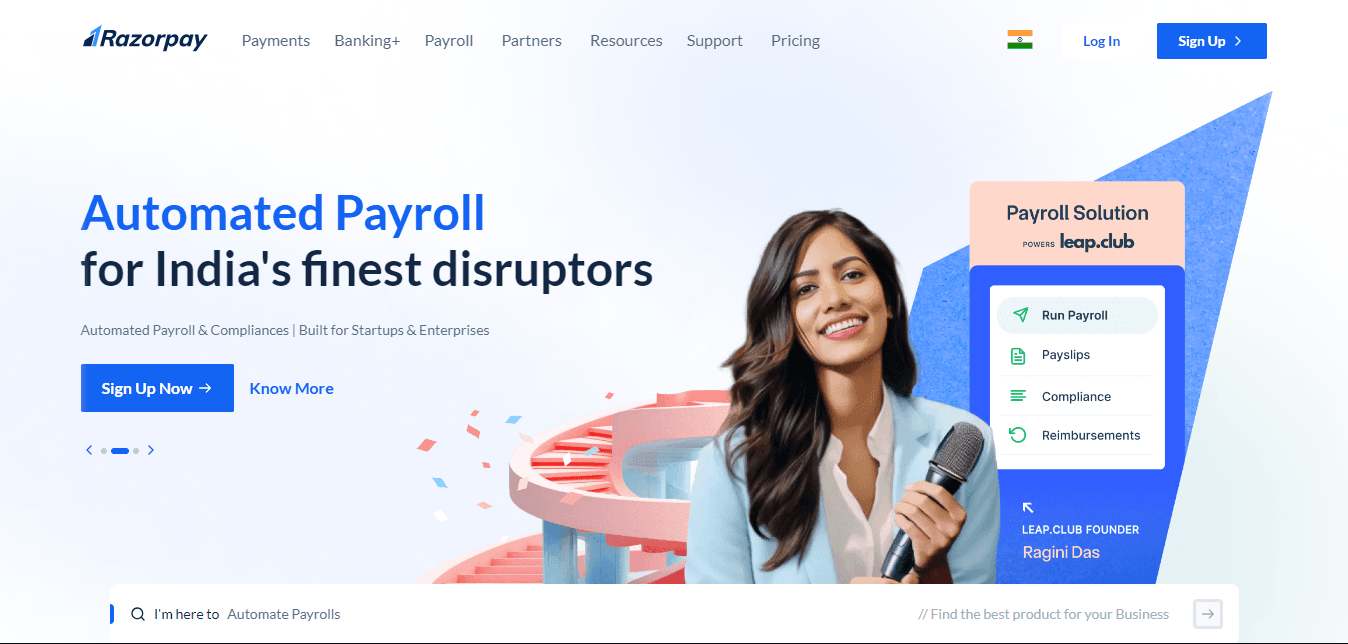
- Pros: Easy integration, comprehensive features, supports multiple payment methods.
- Cons: Transaction fees may be higher for certain payment methods.
- Transaction Fee: 2% for Indian Debit & Credit Cards, 3% for Diners and Amex Cards, 2% for UPI, 3% for International Cards.
Paytm Payment Gateway:
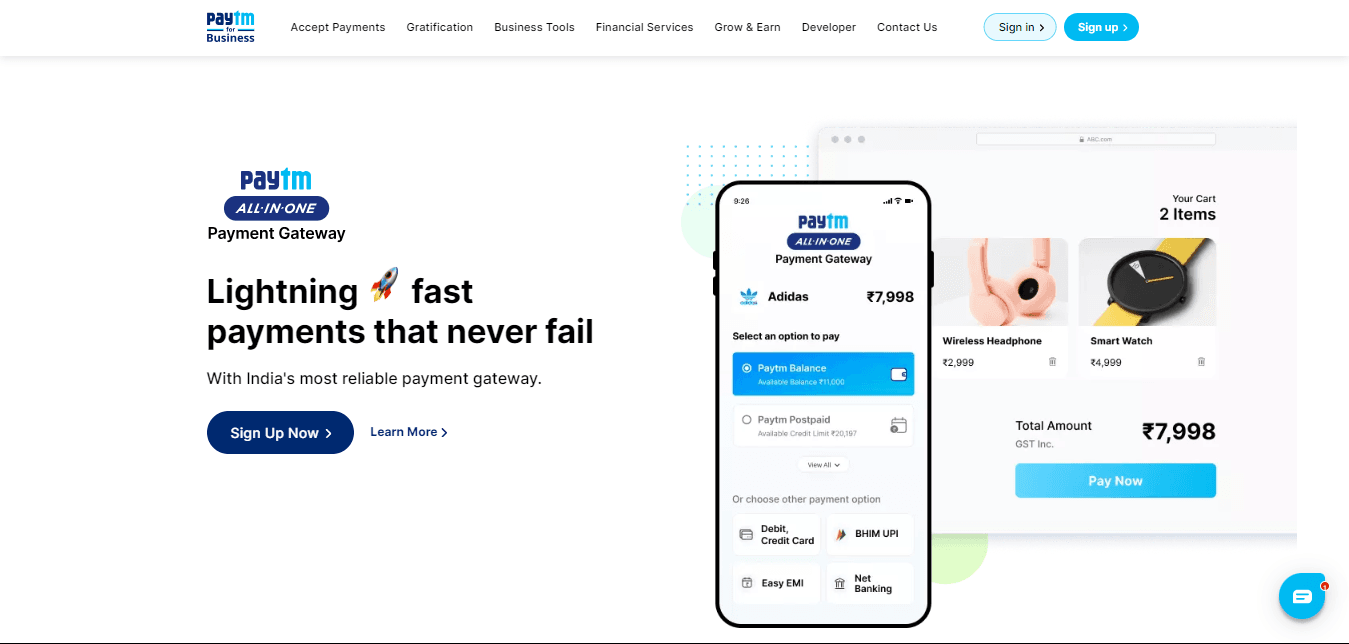
- Pros: Trusted brand, seamless integration, supports Paytm wallet.
- Cons: Limited support for international transactions.
- Transaction Fee: 1.99% for Indian Debit & Credit Cards, 0.25% for Wallets, 1.99% for Net Banking.
Instamojo:
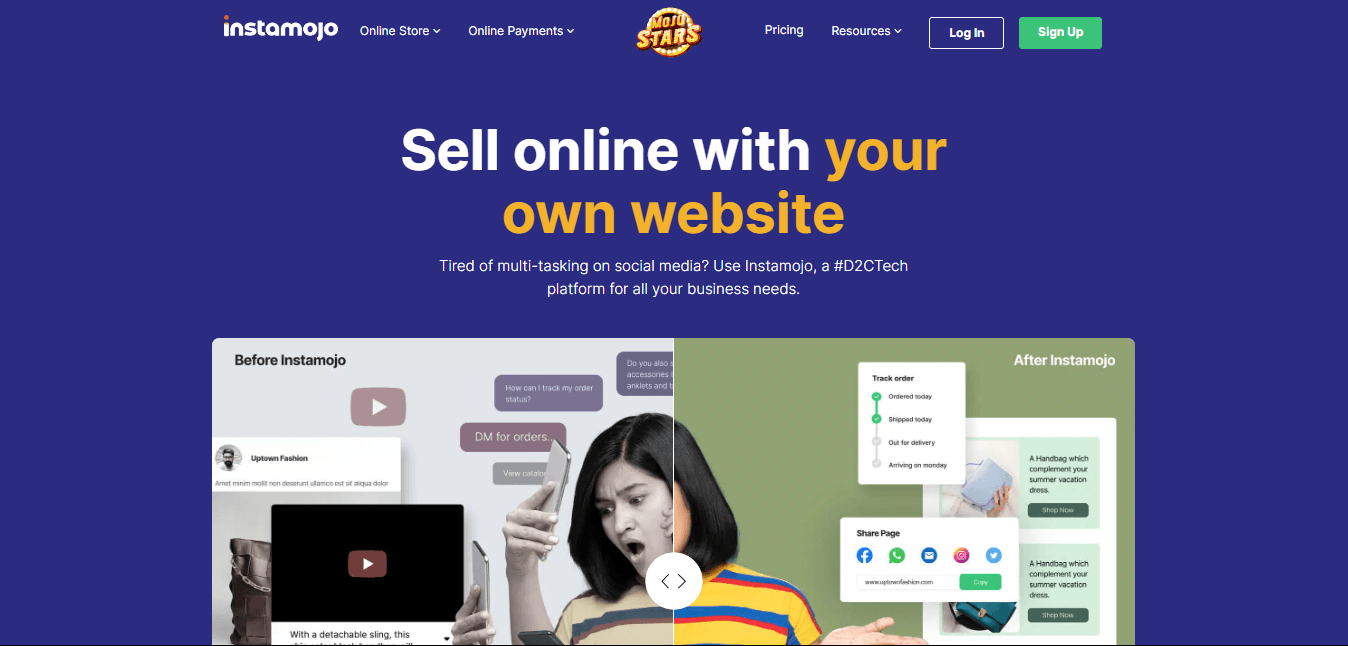
- Pros: Easy setup for small businesses, supports multiple payment methods.
- Cons: Limited scalability for larger enterprises.
- Transaction Fee: 2% + ₹3 for Indian Debit & Credit Cards, 2% + ₹3 for Net Banking, 2% + ₹3 for UPI.
CCAvenue:
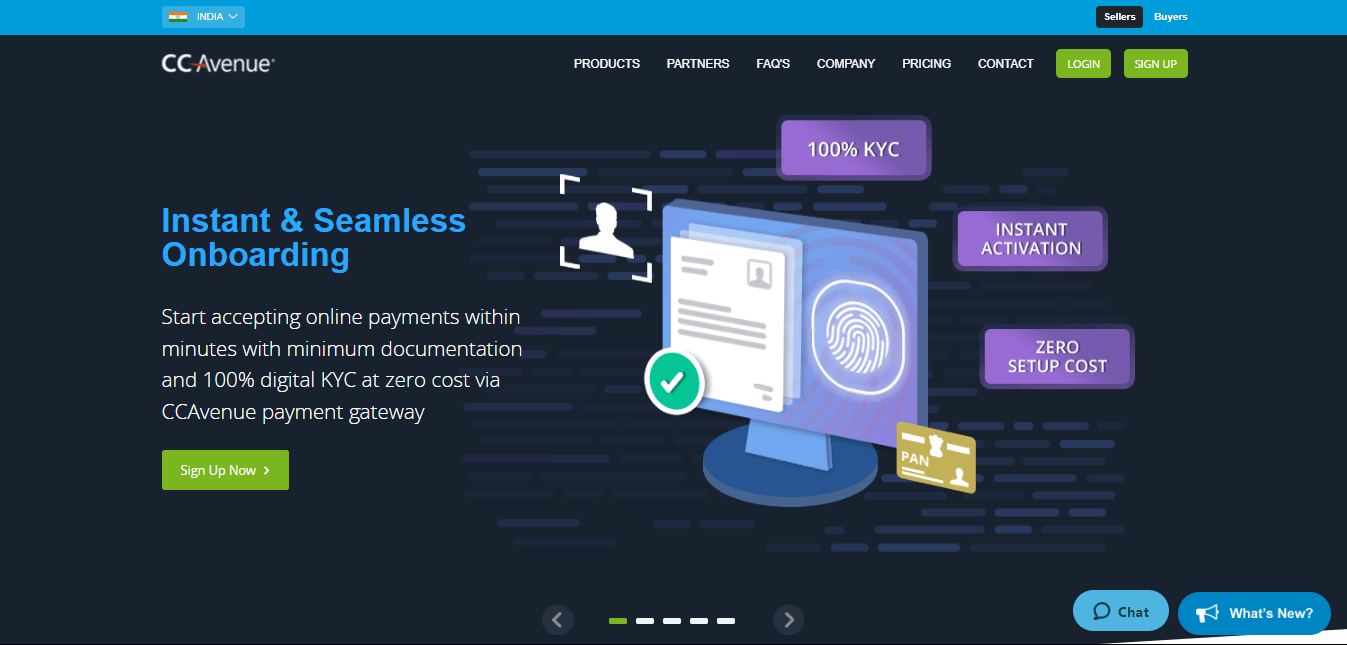
- Pros: Wide range of payment options, robust security features.
- Cons: Complex pricing structure, may require technical expertise for integration.
- Transaction Fee: Varies based on the plan selected, typically around 2-3% per transaction.
PayU:
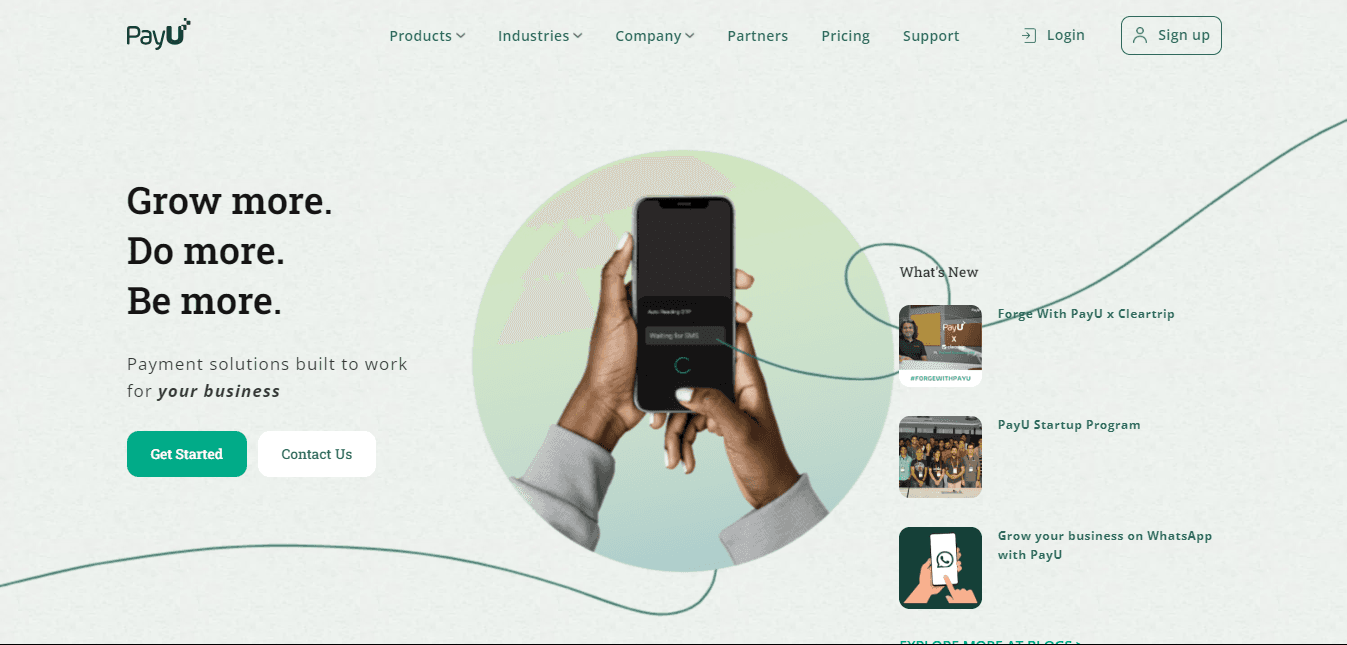
- Pros: Global presence, supports various payment methods, advanced fraud prevention.
- Cons: Higher transaction fees for certain payment methods.
- Transaction Fee: Varies based on the plan selected, typically around 2-3% per transaction.
Cashfree:
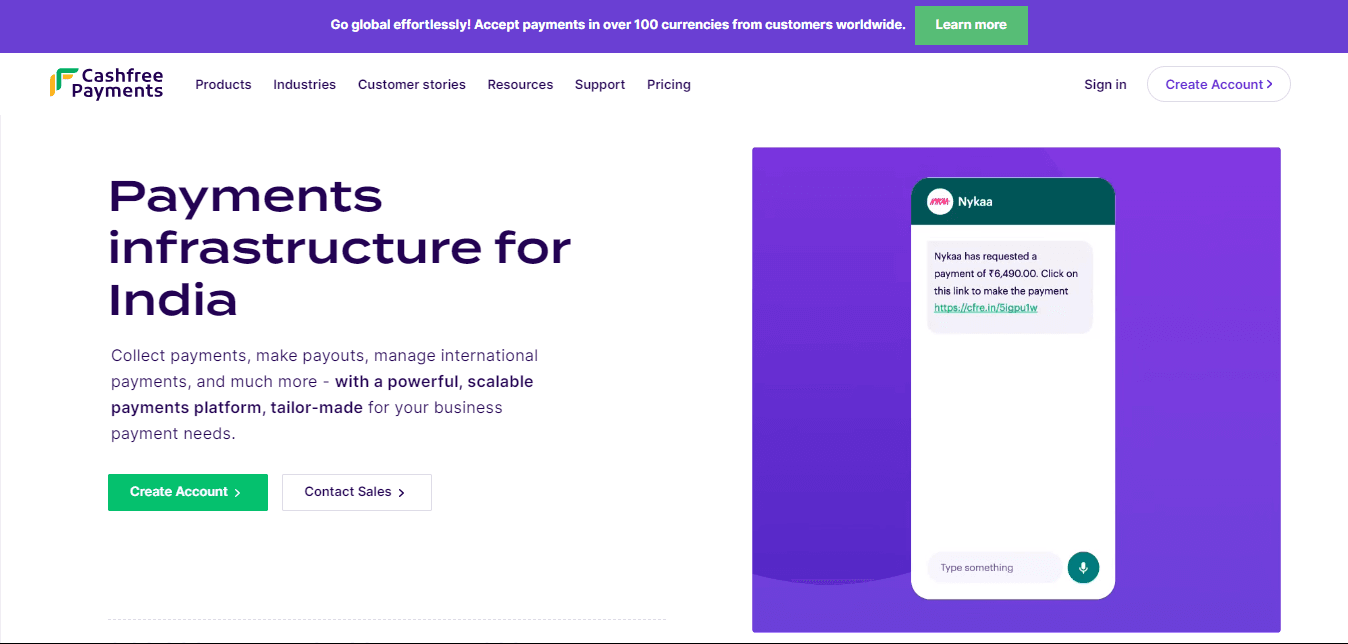
- Pros: Competitive pricing, supports instant payouts, easy integration.
- Cons: Limited support for international transactions.
- Transaction Fee: 1.75% + ₹0.25 for Indian Debit & Credit Cards, 1.99% for Net Banking, 1.99% for UPI.
Global Integration Tools:
Stripe:
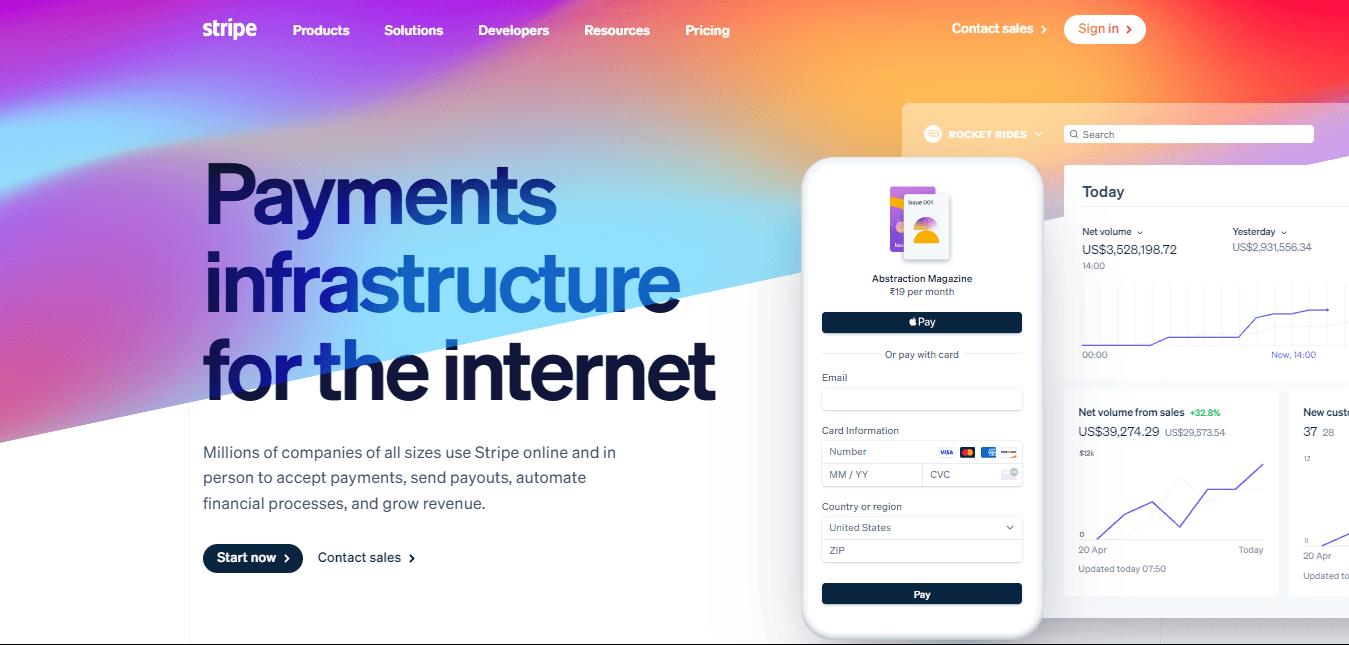
- Pros: Developer-friendly APIs, supports multiple currencies, advanced security features.
- Cons: Limited support for local payment methods in India.
- Transaction Fee: 2.9% + ₹3 per successful charge.
PayPal:
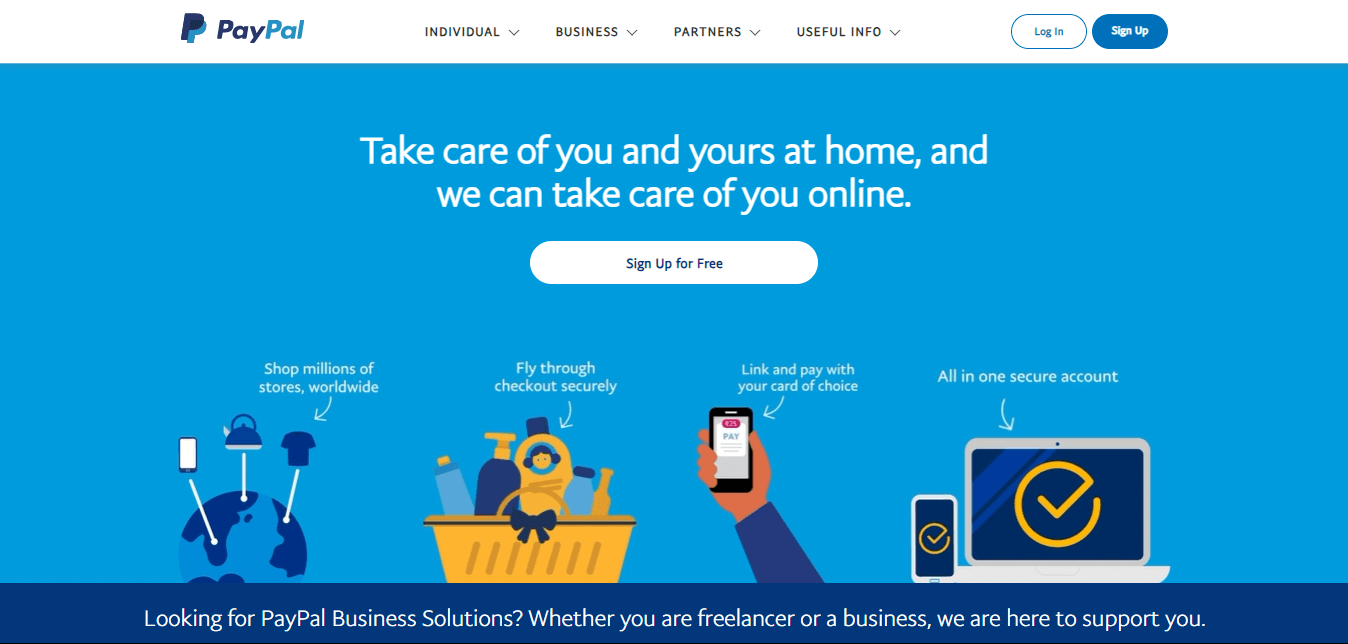
- Pros: Trusted brand, supports international transactions, robust security.
- Cons: Higher transaction fees for cross-border transactions.
- Transaction Fee: 4.4% + ₹30 per transaction for domestic transactions, varies for international transactions.
Square:
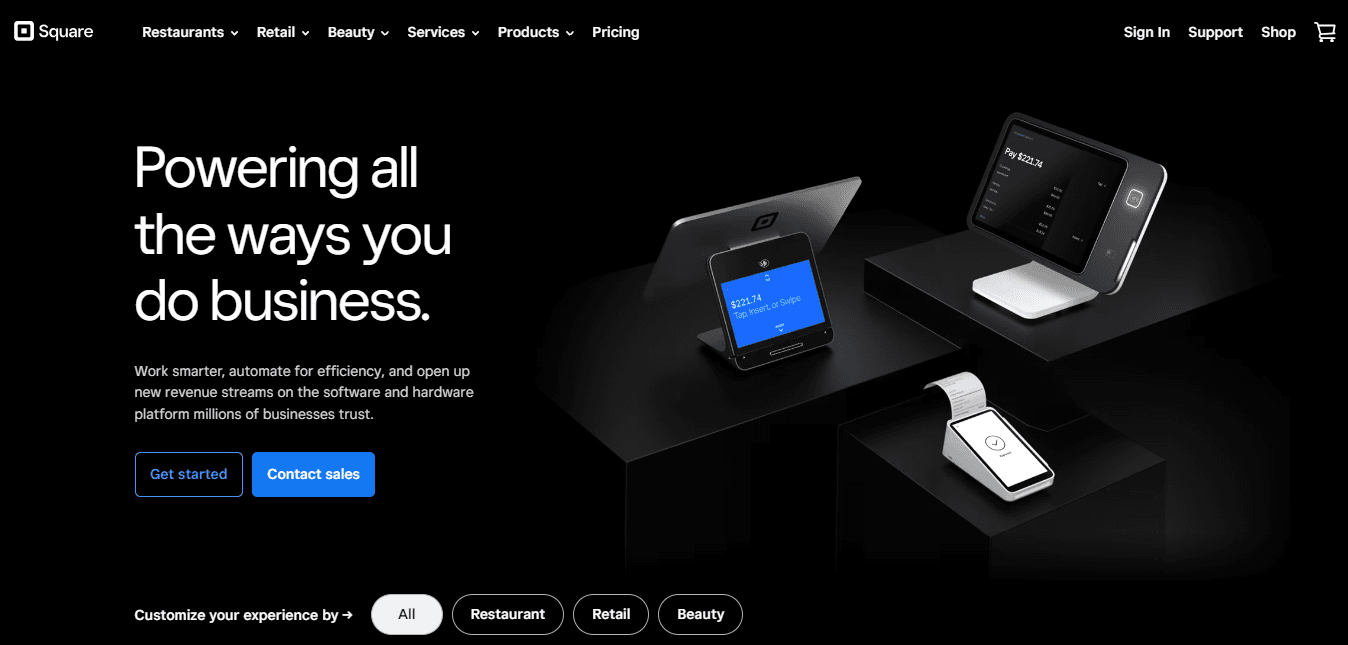
- Pros: User-friendly interface, transparent pricing, integrated ecosystem.
- Cons: Limited support for international transactions.
- Transaction Fee: 2.6% + ₹10 per tap, dip, or swipe.
How to Integrate and Optimize Payment Gateways
In this section, we'll provide a step-by-step guide on seamlessly integrating a payment gateway with your ecommerce website. Additionally, we'll offer valuable tips on optimizing the payment process to enhance user experience and boost conversion rates, ensuring maximum success for your online business.
Step-by-Step Guide to Integration:
- Choose a Suitable Payment Gateway: Research and select a payment gateway that aligns with your business needs, considering factors such as transaction fees, supported payment methods, security features, and compatibility with your ecommerce platform.
- Create a Merchant Account: Sign up for a merchant account with your chosen payment gateway provider. Follow their registration process and provide the necessary documentation to verify your business identity and financial details.
- Integrate Payment Gateway API: Utilize the provided API documentation and developer resources to integrate the payment gateway with your ecommerce website. This typically involves integrating payment buttons, forms, or APIs into your checkout process.
- Implement Security Measures: Ensure secure transmission of sensitive customer information by implementing SSL encryption and adhering to PCI DSS compliance standards. Protect customer data to foster trust and maintain confidentiality.
- Test Transaction Functionality: Conduct thorough testing of the payment gateway integration to verify that transactions are processed accurately and securely. Test various scenarios, including successful payments, failed transactions, and refunds, to identify and resolve any issues.
Tips for Optimization:
- Streamline Checkout Process: Simplify the checkout process by minimizing the number of steps required to complete a purchase. Implement guest checkout options and autofill features to expedite the payment process and reduce friction for customers.
- Optimize for Mobile Devices: Ensure that your payment gateway and checkout flow are optimized for mobile devices, providing a seamless experience for users browsing and purchasing on smartphones and tablets. Optimize page load times and design for smaller screens to enhance usability.
- Offer Multiple Payment Options: Cater to diverse customer preferences by offering multiple payment options, including credit/debit cards, digital wallets, and alternative payment methods. Allow customers to choose their preferred payment method to increase convenience and reduce cart abandonment rates.
- Display Trust Signals: Display trust signals such as security badges, SSL certificates, and payment logos prominently on your website to reassure customers about the safety and reliability of their transactions. Build trust and credibility to instil confidence in potential buyers.
- Optimize Confirmation and Thank You Pages: Customize confirmation and thank you pages to provide clear order summaries, delivery details, and next steps for customers. Encourage engagement by including social sharing buttons or incentives for future purchases to enhance the overall shopping experience.
Conclusion:
In conclusion, selecting the right payment integration for your e-commerce website in India requires careful consideration of factors such as security, user experience, supported payment methods, integration, transaction fees, and customer support. By evaluating these factors and exploring the top payment integration tools available, you can streamline your checkout process, enhance customer satisfaction, and drive business growth.
Share:
Latest Posts
Have a project in mind ?
Are you a start-up?
We offer landing page development for selected startups for free
